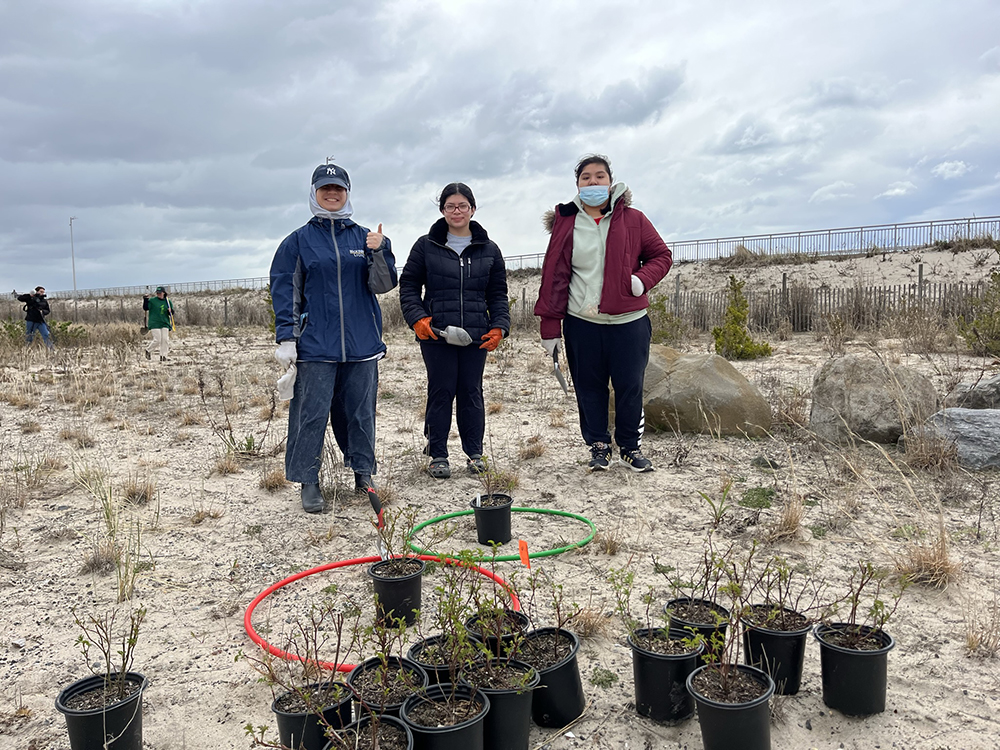Walk This Way

By Peter Galvin, MD
Knee pain accounts for about 5% of all primary care office visits. The three most common causes of knee pain globally are osteoarthritis (OA), patellofemoral pain syndrome (PFP), and a meniscal, or cartilage, tear. OA is a chronic joint disorder manifesting as a functional and structural failure of synovial joints (joints between bones that move). Formerly, it was considered a cartilage-centric condition, but it is now recognized as affecting the entire joint. Pain is the primary reason that those with it seek medical attention. It is the most common joint disease worldwide. Studies have shown that it affects 23% of adults older than 40 years with a lifetime risk by age 85 of 45%. The primary symptoms are, as previously mentioned, pain, functional limitations, brief morning stiffness (lasting no more than 30 minutes), joint swelling, and knee buckling, or giving way.
The cardinal signs of OA on knee examination are crepitus (crunching that can be heard and felt upon flexing of the knee), bony enlargement, and restricted range of motion. The diagnosis can be made by the patient’s symptoms and physical examination, and X rays are not usually needed, although they may be helpful to document the stage of severity of the disease, predict the prognosis, and determine the need for an orthopedic referral. Treatment is aimed at reducing symptoms, especially pain, as there are no current modalities to slow or stop the progression of joint destruction. First-line approaches include exercise therapy, weight loss (if overweight or obese), walking aids and braces, and pain relief with non-steroidal anti-inflammatories (ibuprofen, aspirin). Opiates are never indicated. Joint injection with steroids can offer temporary relief. End-stage OA (defined as no or minimal joint space on X ray with an inability to cope with the pain) usually requires an orthopedic referral for joint replacement.
PFP refers to pain behind or around the patella, or knee cap. It is also known as runner’s knee or chondromalacia patella. It accounts for 11% to 17% of knee pain, usually in active patients under 40 years of age. It presents as a gradual onset of anterior knee pain, aggravated by loading a flexed knee (e.g., climbing stairs). Pain at rest is rare. It is caused by a misalignment of the patella as it moves over the knee joint as the knee is flexed. Imaging is usually unnecessary, but if indicated, ultrasound is helpful if MRI is unavailable or contraindicated. Referral should be made to a physical therapist and podiatrist (for orthotics to correct the misalignment). Rigid taping of the patella to make it track correctly over the knee joint is helpful (McConnell technique) and is usually done by the physical therapist.
Finally, meniscus tears can be traumatic (usually in younger individuals) or degenerative (usually in older individuals with OA). Typically, they present with joint line pain (mid knee) and a knee effusion (swelling). Other symptoms include knee clicking, catching, and locking. Systematic use of MRI is not usually indicated, especially in older adults as asymptomatic meniscal tears are common. Younger adults with traumatic tears need orthopedic referral for arthroscopy while older adults can often be managed successfully without surgery, however intractable pain often results in joint replacement.
Please direct questions or comments to editor@rockawaytimes.com


